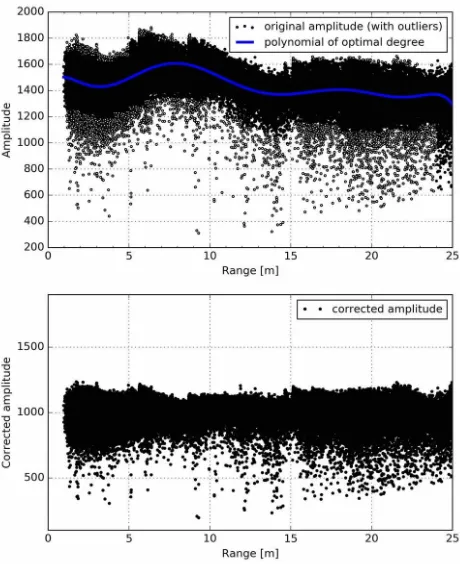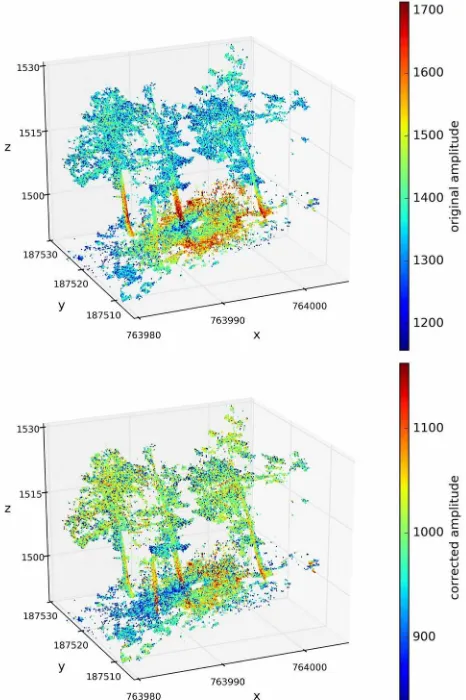isprs archives XLI B8 643 2016
Teks penuh
Gambar




Garis besar
Dokumen terkait
Derived layers (CPR and RFDI) did not improved the classification accuracy in addition to three dates temporal dual polarisation SAR images, though these
To estimate physical exposure, a nationwide hazard map was produced for the GBM basin using MODIS-derived water index to quantify and compare affected area and
A value of 65 was used as a maximum threshold for the assign class algorithm using mean DSM values to define the said unclassified segments as Vegetation..
This study utilizes vegetation maps derived from Terra/MODIS data to generate a model of current climate conditions suitable to beech-dominated deciduous forests, which are
The national ALS dataset and field data of the Swiss National Forest Inventory were used to calibrate estimation models for mean and maximum height, basal
This latest reconstruction of GrIS elevation changes consists of 130,000 ice-sheet elevation change time series, spanning 1993- 2014, derived from satellite laser altimetry
We compare our results using the proposed approach based on daily SIC data reconstructed from real fractional abundances derived from a pixel unmixing method and temporal
Flood EViDENs utilizes LiDAR-derived elevation and information products as well as other elevation datasets, water level records by monitoring stations, flood simulation models,